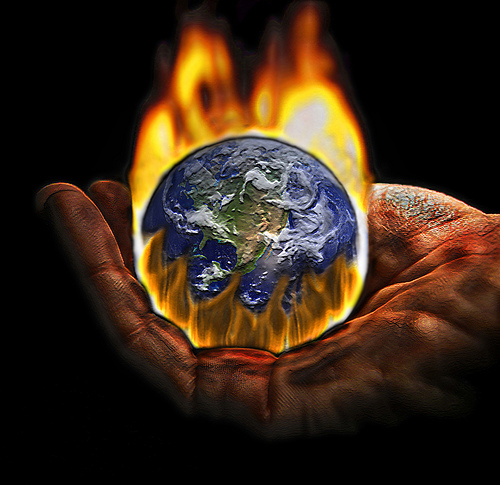 |
| African Penguins http://www.diseaseproof.com/archives/gree n-living-greennews-wednesday-52709.html |
This blogpost was written on the article “A Penguin Species Faces Extinction” from the site Common Dreams, originally from The Boston Globe. Published by Derrick Z. Jackson on Tuesday, September 7, 2010.
“Honk Honk! hee-haw!” Most people do not know it but that is what sound most penguins make. In the article A Penguin Species Faces Extinction it talked about how many species of penguins are going extinct (10/18).
In particular it talked about the African Penguin (Spheniscus demersus). The African Penguin is a species of penguin, confined to southern African waters that is also known as the "Jackass" Penguin for its donkey-like bray.
So why am I talking to you about Jackass Penguins? Well like most other flightless birds and a lot of other animals they are going extinct. This mass extinction of a lot of animals is all because of the extra warmth on the planet.
In the article, a scientist named Trivelpiece said, “Think of a freezer, if it is at 30 degrees, you have ice cubes. If your freezer is at 33, you have water in your trays.” This analogy was really easy for me to understand. It shows how a little bit of warmth can be so dramatic.
In Biology we learned that the extra amount of CO2 in the atmosphere is making the earth warmer. This is caused by burning of Fossil Fuels and deforestation.
The African Penguin population has dropped by almost two-thirds in just over the last 8 years. Another statistic in the article was that from 1920 to 2010 the African Penguin decreased from 1,000,000+ to about 50,000
In the process of finding this article I found a site that you sign an online petition that says, “We ask Aker BioMarine to put a moritorium on krill fishing and give penguin populations time to recover.” Penguins and other animals depend on krill as a food source; but they are in danger because of the growing demand for health supplements and food for fish farms. I thought that this would be really cool if everyone could sign. You can do so at http://www.thepetitionsite.com/982/473/478/save-penguins-from-extinction/.
Article- https://www.commondreams.org/view/2010/09/07-2
Article- https://www.commondreams.org/view/2010/09/07-2






